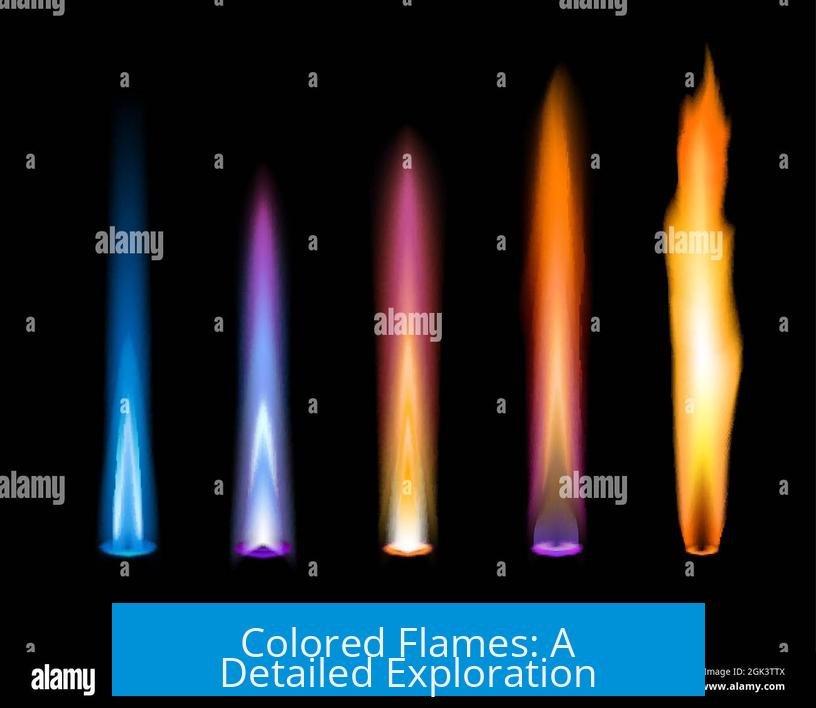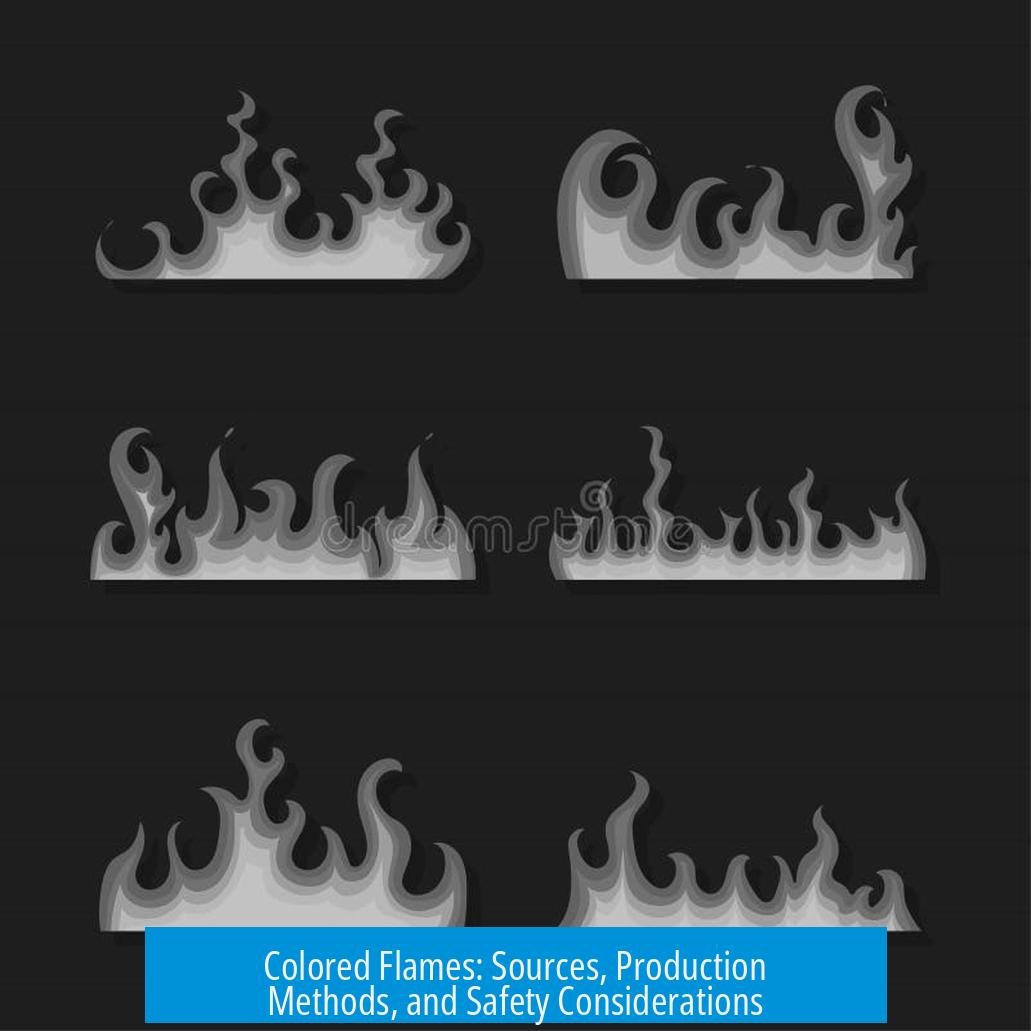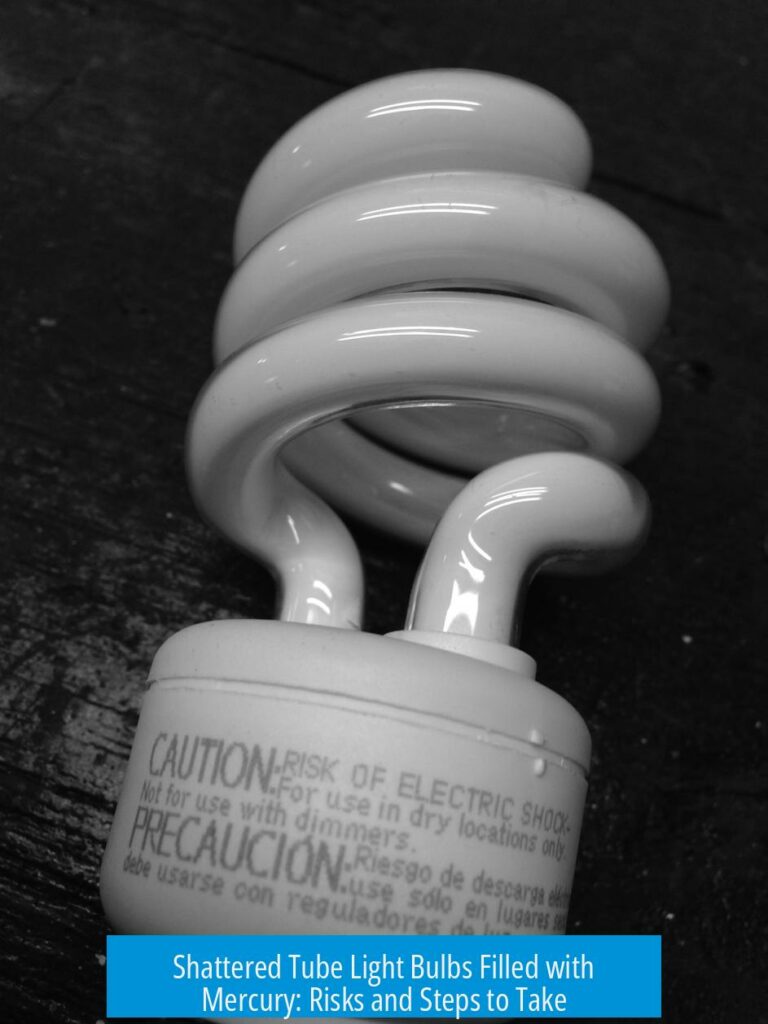Colored Flames: A Detailed Exploration

Colored flames result from the excitation of metal ions in a flame, each producing specific colors. Sodium ions dominate with a bright yellow, often overpowering others. Various salts yield distinct colors, and the method of preparation influences the flame’s vibrancy and duration.
1. Sources and Nature of Colored Flames
Colored flames arise from heated metal ions emitting light at characteristic wavelengths. Sodium’s yellow emission frequently dominates flame tests, often masking other colors. This effect occurs because sodium’s emission is intense and visible even in small amounts.
- Sodium (Na): Bright yellow flame, highly intense, can overshadow other colors.
- Lithium (Li): Produces a pink flame, popular for its vividness.
- Potassium (K): Generates a pale violet or sometimes dark yellowish flame, though often subtle.
- Copper (Cu): Produces green or blue-green hues, especially with salts like CuCl.
Wood or matchsticks may contain trace sodium, explaining an initial yellow flame during burning. This can interfere with observation of other colors.
2. Production Methods of Colored Flames
Methods to achieve colored flames involve introducing metal salts to fuel or burning material. The main techniques include soaking experimental tools in salt solutions, applying salt powders directly, or incorporating salts into flammable carriers like sugar cubes.
Soaking Technique
Tools such as popsicle sticks or thick card strips soak in saturated salt solutions overnight. The sticks then dry slowly to retain the salts within their fibers. Upon exposure to flame, the salts vaporize and produce distinctive flame colors.
Benefits:
- Prolonged flame coloration.
- Uniform distribution of salt.
Direct Salt Application
Saturating the end of a stick with powdered salt yields a quicker but shorter color display. This method is simpler but less durable.
Using Ethanol and Sugar Cubes
Dissolving salts in 70% ethanol and soaking sugar cubes with the solution before burning is another effective approach. Sugar acts as fuel, and the alcohol helps disperse salts evenly. This setup allows for vibrant flame colors but poses additional fire hazards.
Importance of Saturation and Penetration
Using saturated solutions ensures maximum salt presence, enhancing color intensity. However, penetration into dense materials like match heads is limited, often shortening the color effect period.
3. Safety Considerations in Colored Flame Experiments
Safety is paramount when conducting flame color experiments due to risks involving open flames, chemicals, and potential fireball formation.
Standard Laboratory Precautions
- Avoid ingestion of chemicals.
- Prevent inhalation of fumes.
- Wear gloves and eye protection.
- Cover exposed skin to prevent burns.
Handling Chemicals
Many metal salts used are not highly toxic but should not be ingested. Copper chloride (CuCl), for instance, requires care to avoid ingestion and prompt hand washing after handling. Gloves are particularly important if skin has wounds.
Risks of Flame Jetting and Fireballs
Flame jetting can cause intense, sudden fireballs from small solvent amounts, resulting in severe burns. This phenomenon is common with flammable solvents like ethanol if used improperly. Users should be aware of these hazards.
Recommendation Against Home Use
Due to risks, flame color experiments are better suited for controlled lab environments. Those attempting it at home should conduct extensive research and strictly follow safety guidelines.
Key Safety Resources
4. Practical Observations and Advice
While results are generally observable, the intensity and duration may vary. Sodium content often dominates, making other colors harder to detect clearly. Proper preparation and saturated solutions improve quality.
Personal experiences indicate soaking coffee stirrers or popsicle sticks overnight yields vivid colors. Users note that drying the sticks carefully prevents premature burning or weak coloration.
This experiment’s relative safety depends on adherence to protocol. Despite low toxicity of most salts, careful handling and respectful attitude toward chemicals and flames are essential.
Summary of Key Points
- Colored flames are produced by metal ions with sodium’s bright yellow often dominating.
- Soaking sticks in saturated salt solutions overnight produces the best flame color results.
- Alternative methods include applying salt powder or using ethanol-soaked sugar cubes.
- Safety gear and lab precautions are essential to prevent burns and chemical exposure.
- Flame jetting can create dangerous fireballs; avoid unsafe practices with solvents.
- Home experiments are not recommended without thorough safety training.
What causes the strong yellow color in some flames during colored flame experiments?
Sodium ions produce a very intense yellow flame. Even small amounts of sodium, like in wood or matches, can overpower other colors, making it hard to see those colors clearly.
How can you make vibrant colored flames using simple materials?
Soak popsicle sticks or paper strips overnight in saturated salt solutions, then let them dry. When lit, these sticks burn with bright colors. Using ethanol and sugar cubes soaked with salts is also effective.
Why is saturation important when preparing salt solutions for colored flames?
A saturated solution holds the maximum amount of salt, which increases the intensity and duration of the flame color. Less saturated solutions result in weaker or shorter color effects.
What safety precautions should be taken when performing colored flame experiments?
Wear gloves and eye protection, avoid breathing fumes, and cover your skin. Never ingest chemicals and be cautious of flame jetting, which can cause fireballs. This experiment is best done with proper knowledge and supervision.
Are colored flame experiments safe to perform at home?
These experiments carry risks like severe burns from flame jetting. Without experience and safety measures, it’s not recommended to try them at home. Always consult safety resources before attempting.





Leave a Comment